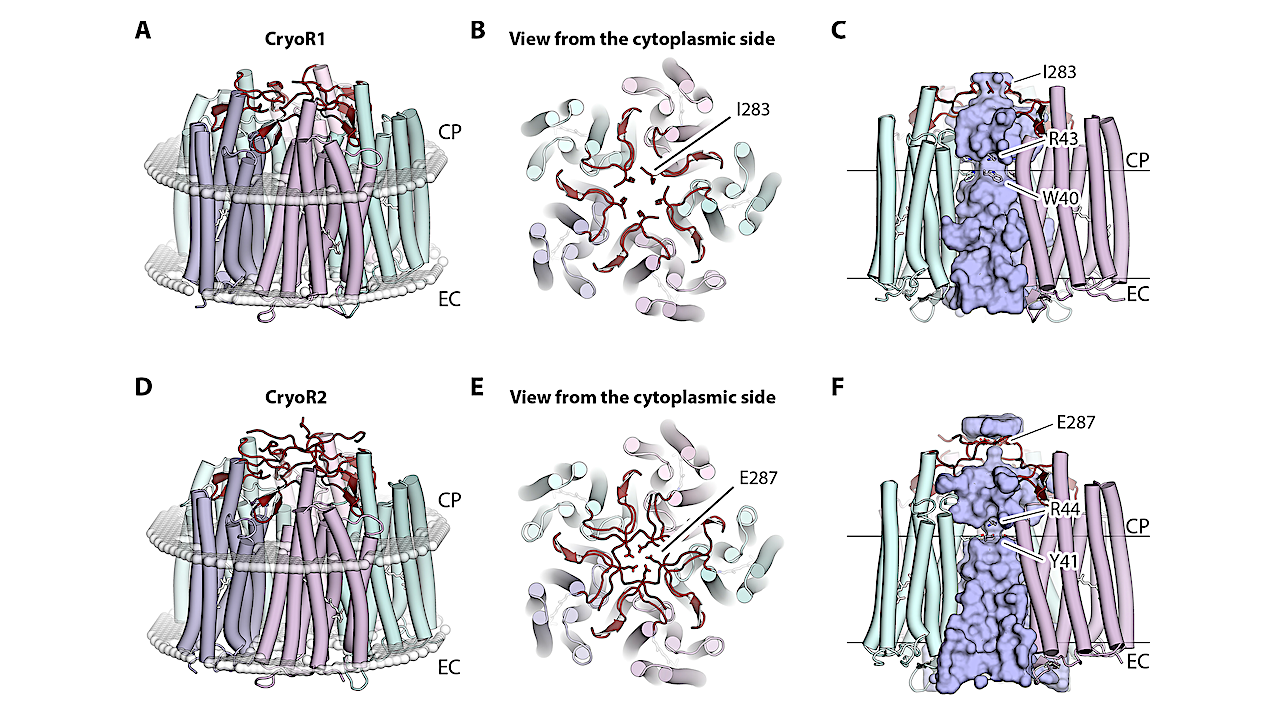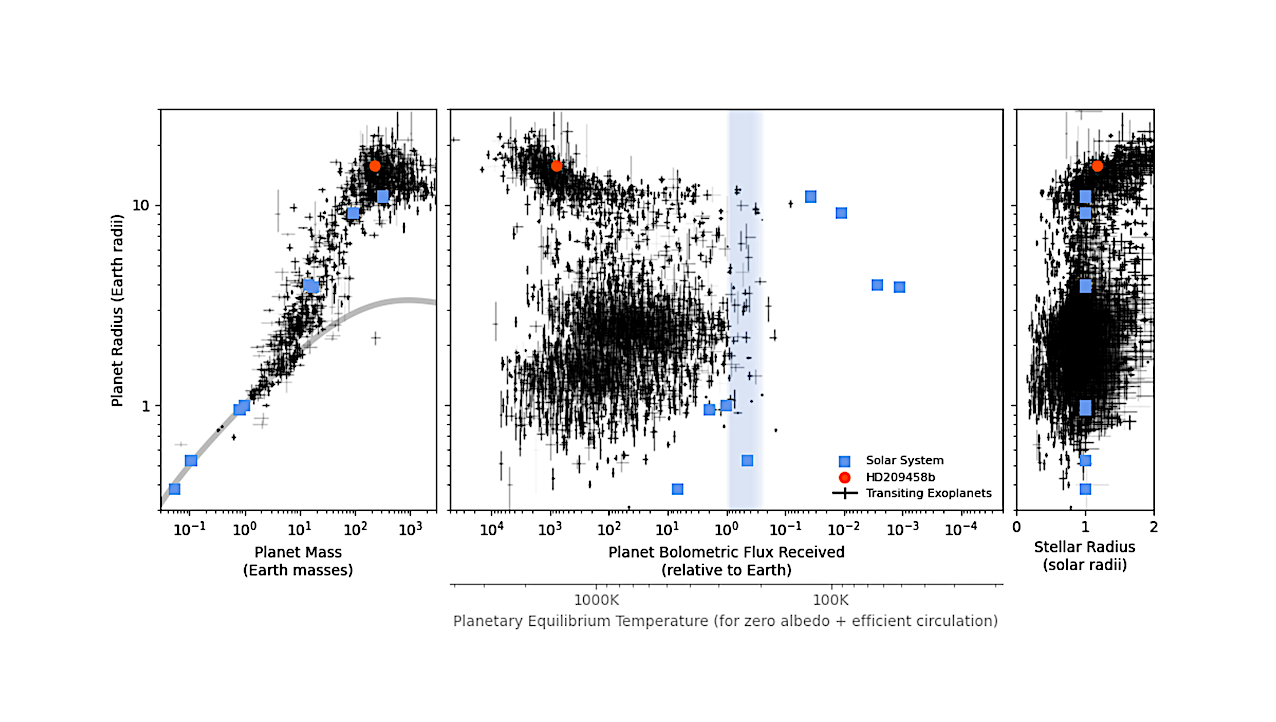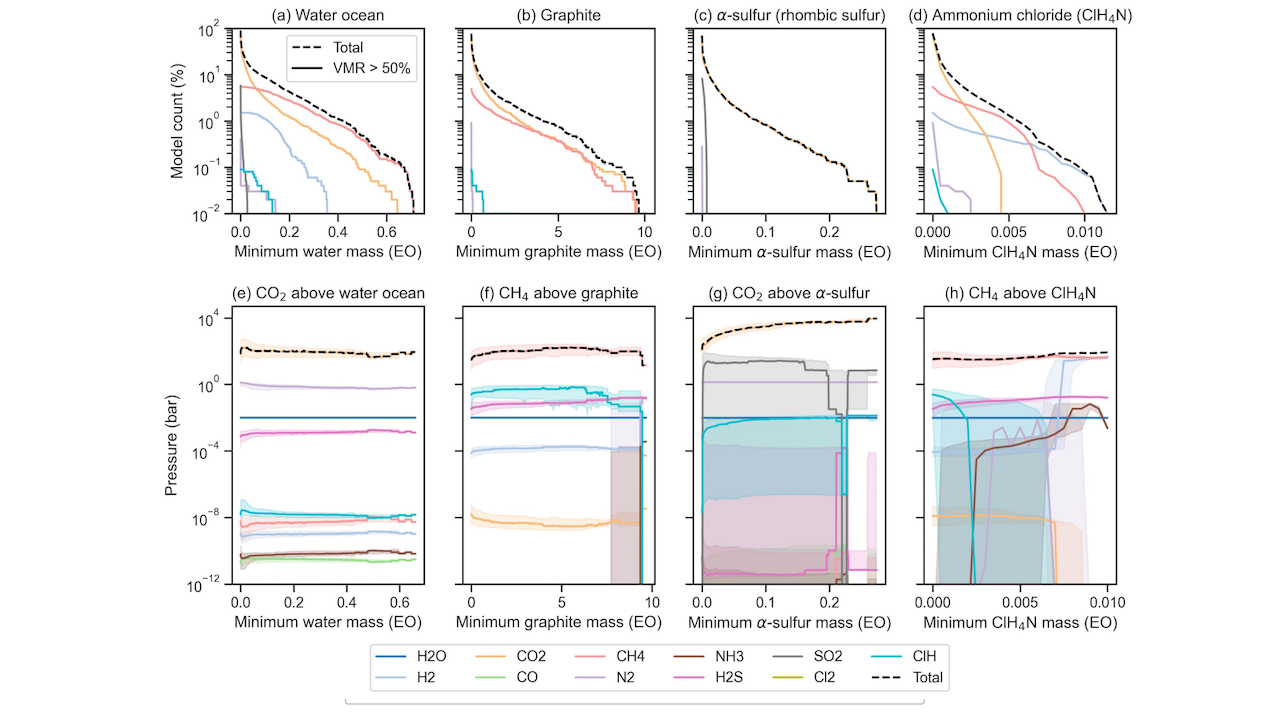Building on the Bayesian approach to estimating stellar distances from broadband photometry, we show that the computation can be accelerated by about an order of magnitude by using neural networks. Focusing on the case of the ugrizy filter…
Category: 2. Space
-
Accelerating Stellar Photometric Distance Estimates with Neural Networks
-
The Spin–Orbit Alignment of Eight Warm Gas Giant Systems*
Essential information about the formation and evolution of planetary systems can be found in their architectures—in particular, in stellar obliquity (ψ)—as they serve as a signature of their dynamical evolution. Here we present ESPRESSO…
Continue Reading
-
The Chemical Clock of High-mass Star-forming Regions: N2H+/CCS
Using the Institut de Radioastronomie Millmétrique 30 m telescope, we presented observations of N2H+J = 1−0, CCS JN = 87–76 and 77–66 lines toward a large sample of ultracompact H II regions (UC H IIs). Among our 88 UC H IIs, 87 and 33…
Continue Reading
-
No Influence of Passing Stars on Paleoclimate Reconstructions Over the Past 56 Million Years
Passing stars (also called stellar flybys) have notable effects on the solar system’s long-term dynamical evolution, injection of Oort cloud comets into the solar system, properties of trans-Neptunian objects, and more. Based on a simplified…
Continue Reading
-
A Detailed Investigation of HD 209458 b HST and JWST Transmission Spectra with SANSAR
HD 209458 b is the first exoplanet on which an atmosphere was detected. Since then, its atmosphere has been investigated using multiple telescopes and instruments. However, many of its atmospheric constraints remain debatable. While Hubble Space…
Continue Reading
-

U.S. Air Force halts plan for rocket landing pads on remote Pacific atoll amid environmental backlash
WASHINGTON — The U.S. Air Force has shelved a proposal to build two rocket landing pads on Johnston Atoll, a remote island in the central Pacific Ocean, following environmental concerns over potential harm to local wildlife, the U.S….
Continue Reading
-

Galaxies Had a “Thick Phase” – JWST Just Revealed How They Slimmed Down
The James Webb Space Telescope has given astronomers a stunning new window into the history of galaxies like our own Milky Way. By analyzing 111 edge-on galaxies, researchers discovered that galaxies form in two main stages: an early, chaotic…
Continue Reading


